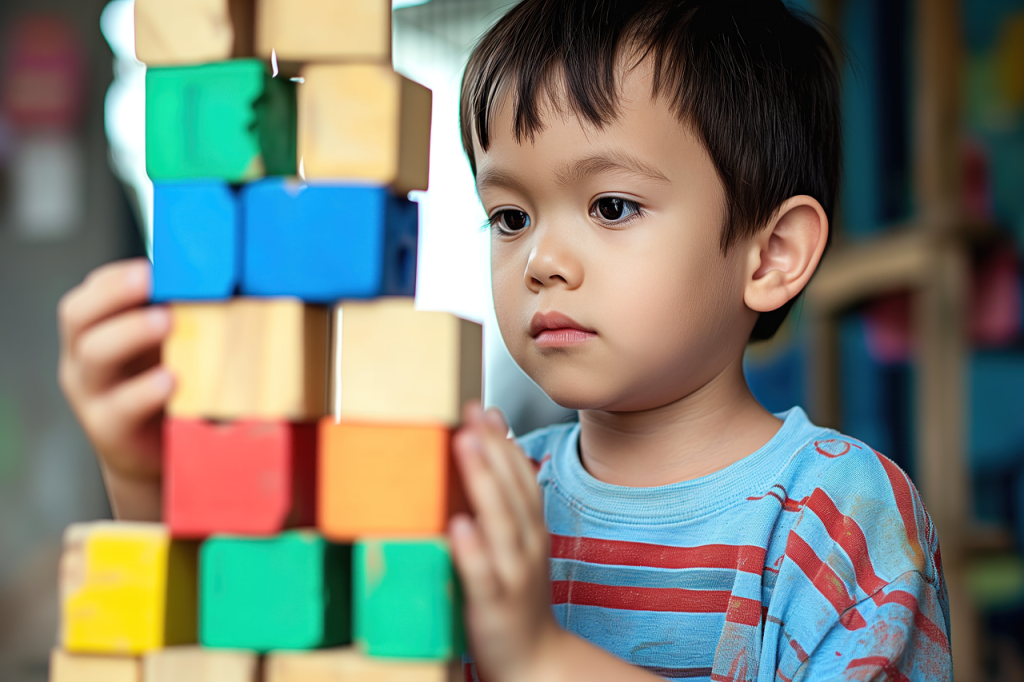For children with autism spectrum disorder (ASD), learning and interaction with the world can be vastly different from those of typically developing children. Sensory toys for autism play a critical role in facilitating both educational and developmental processes by engaging different senses. These toys are designed not only to entertain but also to enhance cognitive growth, improve physical abilities, and encourage emotional stability.
Understanding Sensory Toys
Sensory toys are specialised tools that stimulate one or more of the five senses: sight, sound, touch, smell, and taste, with a particular emphasis on enhancing tactile, auditory, and visual experiences. These toys are designed to attract attention through vivid colours, varied textures, or unique sounds. Unlike conventional toys, sensory toys are specifically crafted to withstand intense use, which can provide necessary stress relief and support for self-regulation.
The Educational Benefits of Sensory Toys
These types of toys contribute significantly to the educational development of children with autism. For instance, toys that require sorting shapes and colours can enhance cognitive skills and promote problem-solving capabilities – activities that help in developing logical thinking and the ability to make connections, which are crucial skills in any learning environment.
Manipulative toys like puzzles or building blocks can improve fine motor skills and hand-eye coordination. The act of grasping, stacking, or connecting pieces provides children with the opportunity to practice control and precision, which are essential for daily tasks such as writing or using utensils.
Enhancing Communication Skills
Many children with autism face challenges in verbal and non-verbal communication. Sensory toys that require turn-taking or sharing can serve as practical tools for parents and educators to teach these skills in a controlled but engaging way.
For example, a simple game involving passing a ball back and forth can encourage eye contact, turn-taking, and the use of gestures or verbal expressions to signify readiness or enjoyment.
Additionally, toys that emit sounds or have a musical component can stimulate verbal imitation and the use of language. Such toys can be instrumental in helping children articulate words, and sounds, and eventually form sentences, crucial for everyday communication.
Emotional and Sensory Regulation
Children with autism often experience sensory processing disorders, meaning they may find certain sensory inputs overwhelming, which can lead to sensory overload and distress. These toys provide a safe outlet for exploring sensory stimuli at a comfortable pace, which can significantly lessen the instances of overstimulation.
For example, stress balls, textured toys, or fidget spinners can help manage anxiety and stress by giving the child a focal point during overwhelming situations. Weighted toys or blankets deliver deep pressure stimulation, a therapeutic technique used to calm the nervous system, helping children feel secure and grounded.
Social Interaction Through Play
Sensory toys can also be excellent tools for fostering social interaction. Cooperative play involving sensory-rich toys can encourage children with autism to engage with peers, learn the nuances of social exchanges, and develop friendships. For example, a group activity using a play mat with various textures can be a social experience, teaching children to recognise personal space and to observe and respond to the actions of others.
Summing up, sensory toys are not just tools for play; they are vital instruments for therapy, education, and social development for children with autism. By integrating these toys into a child’s daily routine, caregivers and educators can provide enriching experiences that cater to their sensory needs, promote essential life skills, and open new avenues for communication and social interaction. Therefore, sensory toys for autism are indispensable in the toolkit for supporting children with autism as they learn and grow. Each toy, carefully chosen, can make a profound difference in the educational journey of these children, proving that sometimes, the best learning comes not from traditional methods, but from the simple act of sensing.
Written by Guest Health Contributor Kara Owen.


